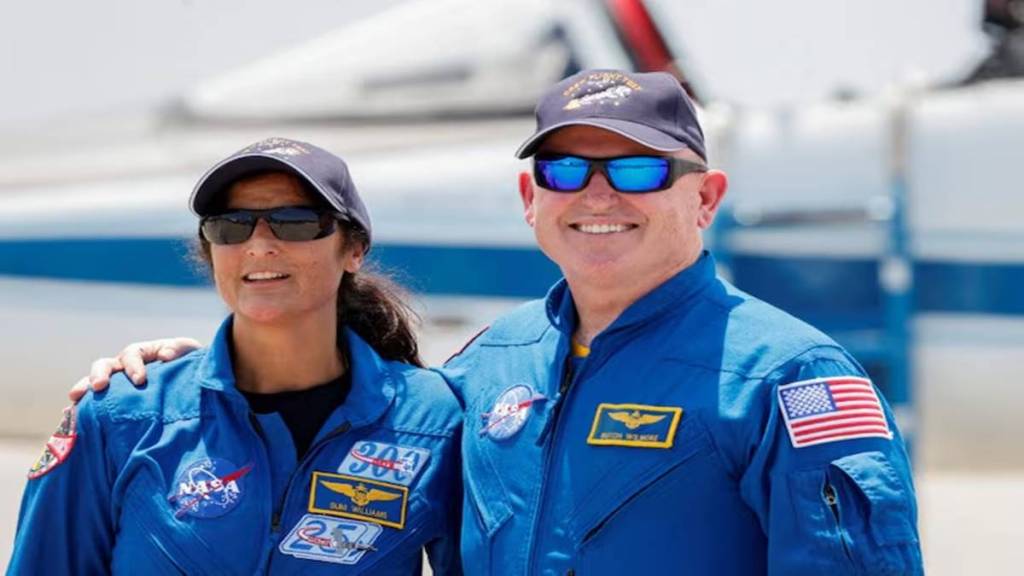NASA’s decision to entrust the rescue of stranded astronauts Sunita Williams and Butch Wilmore to SpaceX has laid bare the fundamental flaws in Boeing’s approach to space exploration, turning what should have been a straightforward mission into a stark lesson in corporate hubris.
As the world observed, Boeing’s repeated assertions that its beleaguered Starliner spacecraft was “adequate” to bring the astronauts home were met with increasing skepticism from NASA. The space agency, burdened by Boeing’s history of malfunctioning thrusters, helium leaks, and a litany of missed deadlines, chose to prioritise the safety of its astronauts over the empty promises of a company seemingly more concerned with preserving its reputation than delivering reliable results.
The saga began in June when Williams and Wilmore embarked on what was intended to be an eight-day mission. Instead, they found themselves marooned aboard the ISS for months as Boeing and NASA became embroiled in a protracted and increasingly acrimonious dispute over how to return them safely. Boeing, determined to salvage its tarnished reputation, insisted that Starliner was fit for purpose, despite mounting evidence to the contrary.
NASA, however, was not convinced. The agency’s refusal to risk the lives of its astronauts on Boeing’s faltering spacecraft culminated in a decision that sent shockwaves through the aerospace industry: SpaceX, Boeing’s rival, would be tasked with the rescue mission. This move was a clear indictment of Boeing’s failure to meet NASA’s stringent safety standards—a failure that has cast a long shadow over the company’s once-stellar reputation.
Reports of heated meetings between NASA and Boeing officials paint a picture of a company in denial, unwilling to accept that its spacecraft was not up to the mark. A NASA executive, speaking on condition of anonymity, described Boeing’s insistence on using Starliner as “wildly irresponsible,” a sentiment seemingly echoed throughout the agency.
In an internal email, Boeing’s head of the Commercial Crew Programme, Mark Nappi, struck a conciliatory tone, acknowledging that the decision was not what the company had hoped for but pledging to support NASA’s choice. Yet, his words did little to obscure the underlying tensions. For a company that once stood at the pinnacle of American aerospace, being sidelined in favour of SpaceX is nothing short of humiliating.
Even as Boeing prepares for an uncrewed Starliner return in September—a mission now overshadowed by doubts and derision—the company is desperate to prove NASA wrong. But the damage has been done. The irony is intense: Boeing’s inability to safely return astronauts to Earth has not only jeopardized its relationship with NASA but has also solidified SpaceX’s position as the leader in commercial spaceflight.
As SpaceX readies its Crew Dragon capsule for yet another mission, Boeing is left to confront the harsh reality that its once-dominant position in the space industry is now under serious threat. NASA’s decision to partner with SpaceX is not just a blow to Boeing’s pride; it is a clear indication that safety and reliability, not corporate bravado, will dictate the future of American space exploration.
In the end, Boeing’s downfall may serve as a stark reminder that in the high-stakes world of space travel, complacency can be costly. As the company struggles to regain its footing, the rest of the industry will be watching—and learning—from Boeing’s expensive mistakes.


